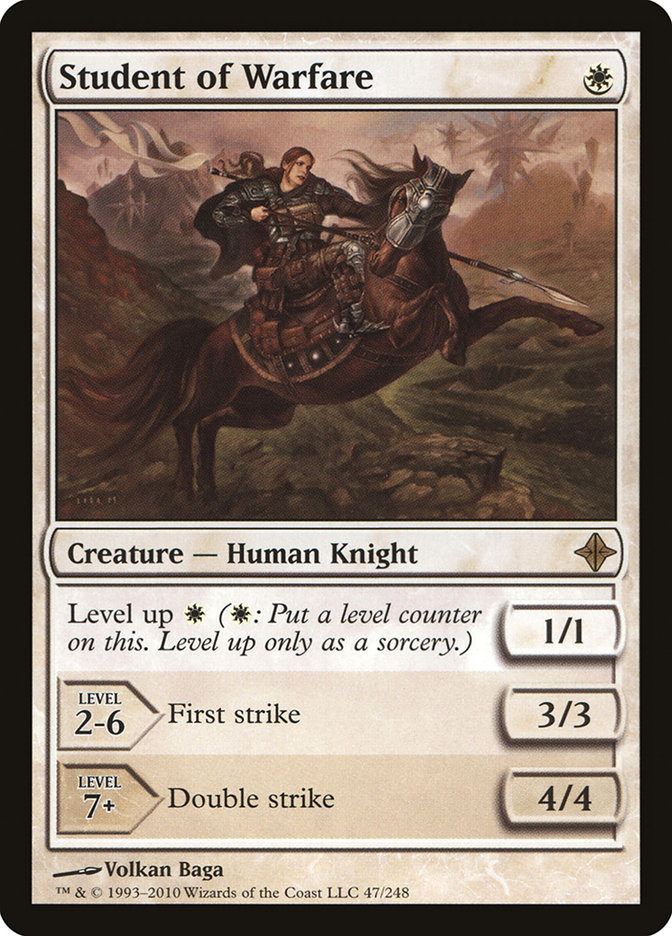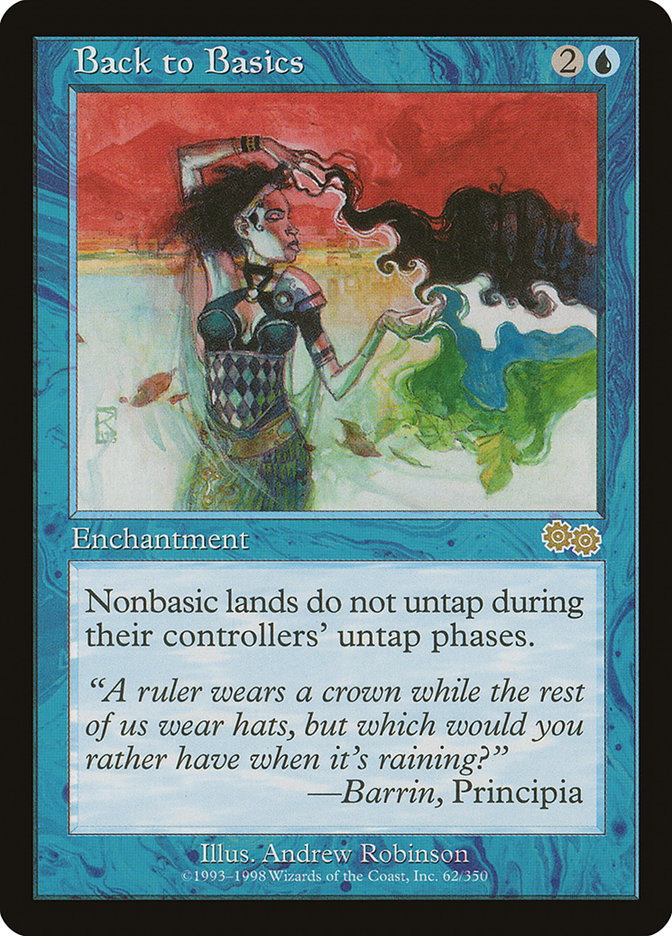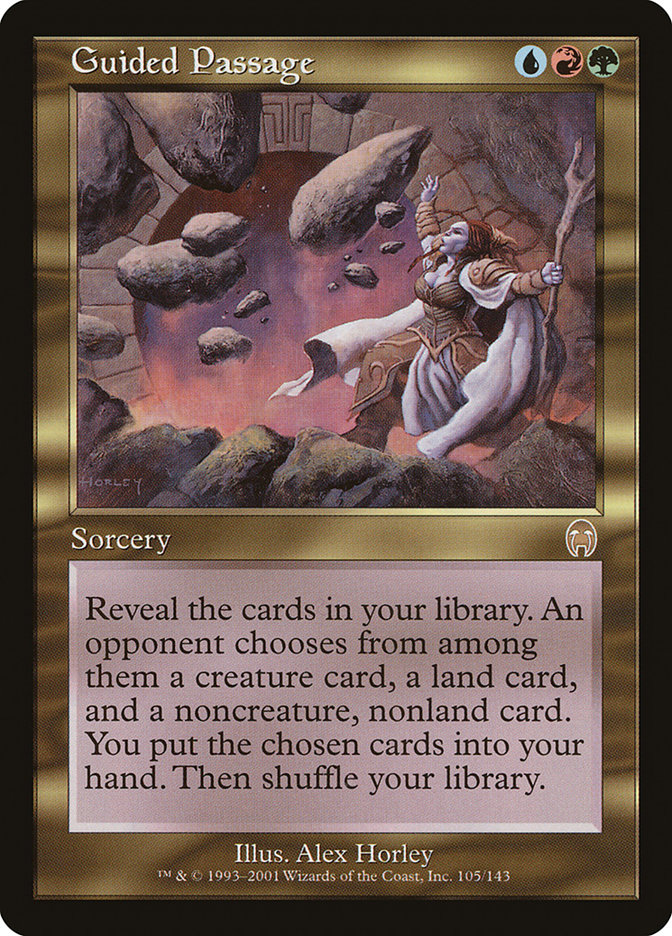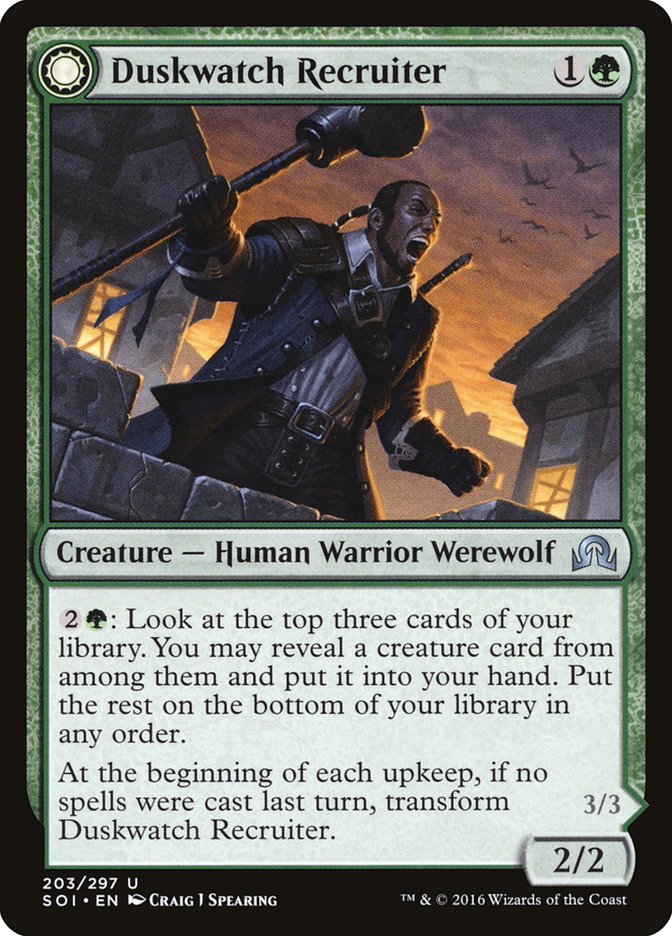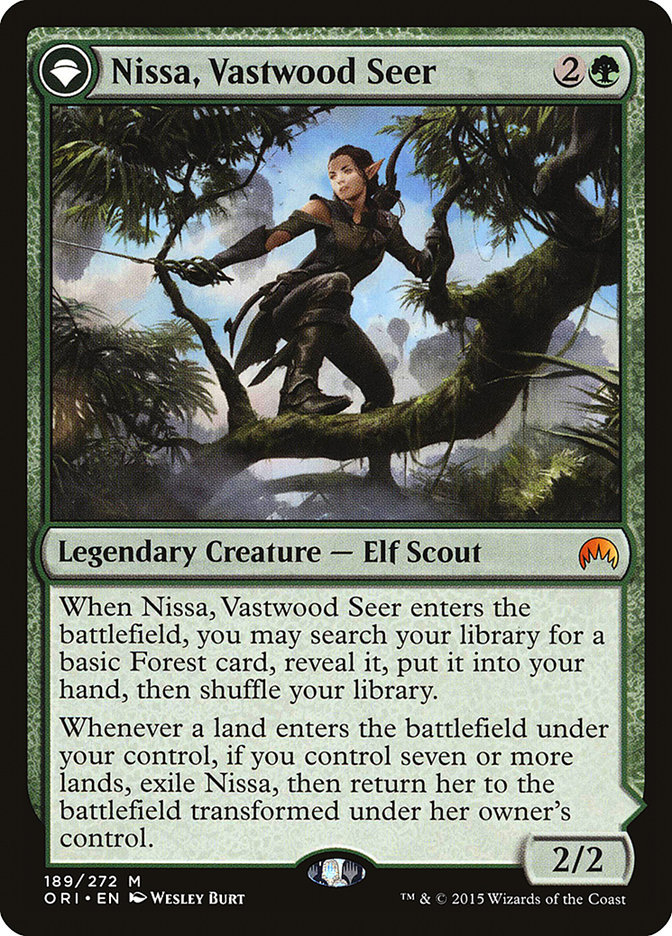People have often asked me why I love Magic. My answer is pretty simple.
I love learning.
For me, the best thing about Magic is that there is always something new to learn about the game, some way to get better. My goals in Magic have always revolved around developing my skills as a player. Tournament results are great and all, but for me, those results are more of a symptom of achieving my goals.
A lot of Magic players who have committed themselves to getting better often talk about the learning curve of playing Magic. When you first start out, there is a wealth of information out there that you are just dipping your toe into, so you learn a lot very quickly. But the more you learn, the harder it is to find out new information about the game that you haven’t figured out already. Sometimes you can go months without feeling like you’ve learned anything to improve your game. You’ve hit a plateau. You want to learn more but you just can’t break through into the next level.
This is an interesting phenomenon to me because one thing I know to be true is that it is impossible to know everything about this game. It’s too vast. There will always be something new that you can learn to improve your game, no matter how good you are. That understanding has kept me going through the time periods where I hit one of these pretty serious plateaus and didn’t feel like I was getting any better.
Today I want to talk about a concept that helped me break through a plateau and really elevated my game as soon as I understood it. That concept is developing a gameplan. Hopefully this article will help anyone stuck in an aforementioned plateau and searching for new information to get better.
Playing with a Plan
When I first started playing Magic, I would only focus on making each individual decision in the game correctly. Which land should I play this turn? Which creature should I cast? Which creature should I kill with this removal spell? I would do my best to make these individual decisions correctly, but I started to notice that I would make all of these decisions in a vacuum.
Some of the time, these decisions were very easy. Play the tapped land first. Cast the creature on curve. Kill the biggest thing. A lot of the time, however, these decisions were very difficult because there were multiple close options.
Early on in my Magic career, I felt most comfortable playing aggressive decks. Playing these decks came much more easily to me because I was able to make all of these close decisions pretty well. This was because the deck’s plan was laid out for me. When looking at the closer decisions in the game, I could make a more informed decision because I knew my plan was to get ’em dead. The reason why these decisions were so difficult for me when playing other decks was because the deck’s plan in any particular matchup wasn’t as easy to figure out.
As soon as I started to identify my gameplan with all of the decks I played, I started to get much better at making these tough decisions. Sometimes the gameplan of a deck is obvious. Aggressive decks want to put pressure on their opponent and kill them quickly. Combo decks are trying to enact their very linear combo plan. But sometimes the gameplan of a deck is much less clear and can vary between opponents. When playing a midrange deck, it is important to be able to identify your plan in each matchup.
Understanding your plan comes with experience, and that should be your focus when playtesting. A lot of people view playtesting as just jamming games so they know how everything works, but if you go into a playtesting session with the idea that you want to figure out your plan in particular matchups, you’ll notice that the games you play will become much more valuable to you.
Mulliganing with a Plan
Having a gameplan doesn’t just help you with your in-game decisions. It can be an incredible tool to help you figure out how to act in all aspects of Magic. One clear example of this has to do with making mulligan decisions.
Some of the time, whether or not you mulligan can be obvious. No lands? Mulligan. Too many lands? Mulligan. But much of the time we are given hands with lands and spells and need to make our mulligan decision based on whether or not these spells can enact our gameplan. Game 1, this is typically easier, because ideally our deck is constructed entirely of cards that enact our gameplan.
Post-sideboard, however, this can be trickier. We might look at a hand that has lands and spells but simply doesn’t do what we need to do in order to enact our plan in the matchup. When looking at a seven-card hand, you should be confident that your hand can follow through with your plan when deciding to keep.
Sideboarding with a Plan
Whenever I recommend a deck to someone, the first question I always get asked is, “How do I sideboard?” I’ve noticed that sideboard guides are highly sought-after as well. While this is definitely useful knowledge, the more important information that people should be asking for is “What’s my plan in each matchup?” If you know your plan in each matchup, it becomes much easier to sideboard. You can then bring in cards that help enact your plan while taking out cards that go against the plan that you’re trying to develop post-sideboard.
One interesting example of sideboarding with your plan in mind is actually a throwback to when Collected Company was dominant in Standard.
Creatures (26)
- 4 Reflector Mage
- 4 Sylvan Advocate
- 2 Archangel Avacyn
- 3 Tireless Tracker
- 3 Duskwatch Recruiter
- 4 Spell Queller
- 3 Selfless Spirit
- 3 Noose Constrictor
Lands (16)
Spells (18)

A heavily discussed topic then was how to sideboard in the Bant Company mirror. These mirrors were so prevalent, that having a good plan for them was a huge advantage. So when figuring out what to sideboard in and out, you needed to be able to understand how these games played out, and how to use that knowledge to give yourself an edge.
The one thing that everyone knew was that these mirrors were extremely grindy. The battlefield would always stall out because everyone was dumping creatures on the battlefield as quickly as they could, and no one could ever break through. Tempoing your opponent out of the game was very difficult, so the player who won was often the player who could generate the most value out of their cards.
The best cards in the mirror helped enact this grindy plan and win battlefield stalls: Tireless Tracker; Duskwatch Recruiter; Nissa, Vastwood Seer; and Tamiyo, Field Researcher to help grind your opponent out, and Archangel Avacyn and Tragic Arrogance to help break stalls.
Using that knowledge, we can identify what cards we want to bring in and what cards we want to cut from the maindeck.
In:
That’s almost our whole sideboard! The Dromoka’s Commands were important to keep our opponent off their key grindy creatures such as Tireless Trackers and Dustwatch Recruiters, and the Negates were important to stop our opponent from casting their haymaker spells, such as Tragic Arrogance or a well-timed Dromoka’s Command.
You’ll notice, however, that in order to enact our gameplan, we’re sideboarding in a whopping nine cards that aren’t creatures with converted mana cost three or less. That puts a lot of strain on our Collected Companies. So for that reason, I ended up cutting all Collected Companies from the deck post-sideboard in the mirror. It seems strange, but they just don’t fit the plan that we’re going for. We’re trying to lean more on our value threats to take over the game, not tempoing our opponent out with Collected Company.
After assessing our plan in the matchup, it was relatively simple to determine how we needed to sideboard. We also learned what the high-priority targets for our removal spells were. Hopefully this demonstrates what a powerful tool understanding your gameplan in a matchup can be when trying to figure out what to do.
Deckbuilding with a Plan
When approaching deckbuilding, it is very important to understand the basic plans of all of the decks in the format. Not only should you understand these basic plans, you also want to understand the plan each deck will have against the deck you are playing with. If you understand the plan that they will have against you in the post-sideboard games, you can configure your deck and sideboard in such a way that allows you to take advantage of this knowledge.
The G/W Ramp deck I took to the finals of a Grand Prix in the previous Standard format is a good example of utilizing my knowledge of Temur Energy’s plan against ramp decks.
Creatures (13)
- 3 Ulamog, the Ceaseless Hunger
- 3 World Breaker
- 1 Linvala, the Preserver
- 4 Thraben Inspector
- 2 Walking Ballista
Lands (20)
Spells (27)

When I started testing with the Ramp deck, I began to notice that Game 1 against Temur Energy was very favorable for me, but after sideboarding, they had an excellent plan against me. My plan in this matchup was to stem their early pressure by either casting an Hour of Promise for some chump blocking Zombies or by sweeping the battlefield with a Fumigate or Descend upon the Sinful, followed by closing out the game with an Ulamog.
Post-sideboard was much more difficult for me because they had access to Negate. Their plan was to deploy onto the battlefield early and then hold up Negate for whatever spell I tried to use to stabilize. It was very effective, so I began looking for ways to get around this plan. I figured that if I could make their Negates ineffective, I would be much better off. So I began searching for creatures that could still accomplish my gameplan of stabilizing and getting closer to a game-ending Ulamog.
In came Regal Caracal and Oblivion Sower! These creatures were perfect for my gameplan. Both provided enough battlefield presence to stall my Temur opponent’s aggression, and Oblivion Sower even ramped me closer to Ulamog! The plan worked like a charm, because it was the perfect counter to my opponent’s Negate plan.
This past weekend, it looks like Alex Lloyd took a similar approach to tackling Temur, this time with his Esper Approach deck.
Creatures (1)
Lands (22)
Spells (37)

You’ll notice he has a lot of high-impact creatures in his sideboard such as The Scarab God, Regal Caracals, and Torrential Gearhulk. I’m sure he brought these in for matchups where he expected his opponents to lean on Negate to counter his Approach of the Second Sun.
Have a Plan!
If you ever find yourself struggling to figure out a particular play or how to sideboard, think about whether or not your decisions fit with the plan you are trying to enact. Knowing your plan is a crucial tool, so use it!


